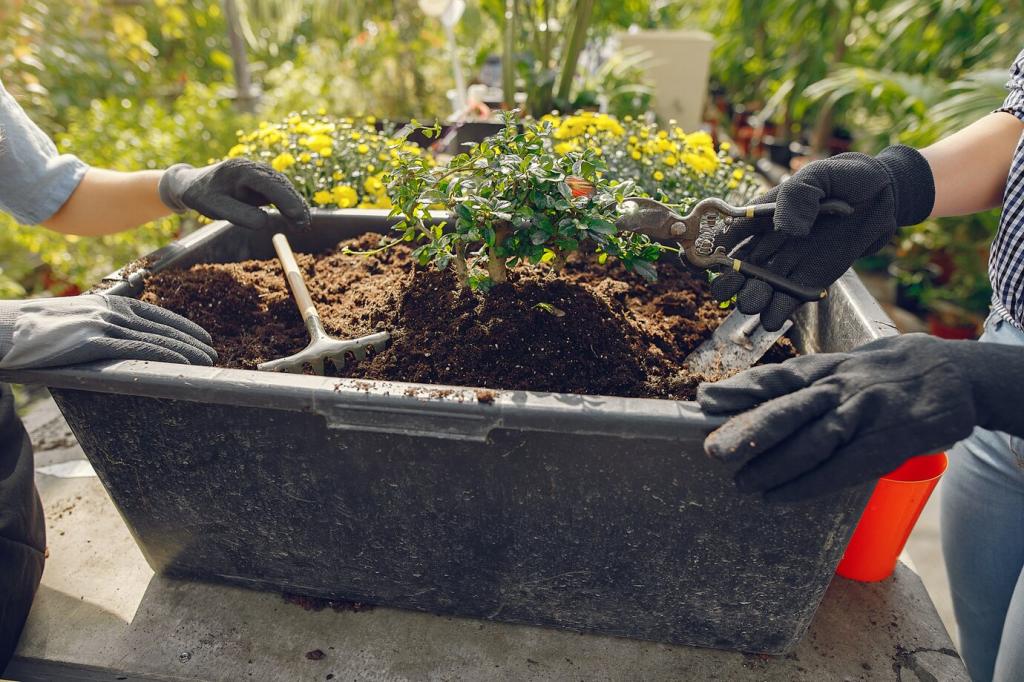Choose Sustainable Materials and Paths
Use spaced pavers with gravel or grass joints so rain can soak into the ground. Reduced runoff protects streams, and the cooler surface helps surrounding plants thrive through summer heatwaves and sudden downpours.
Choose Sustainable Materials and Paths
Repurpose brick, stone offcuts, or recycled plastic edging to define beds. You’ll cut costs, avoid new extraction, and create character. Share your best reuse ideas so our community’s eco-friendly landscaping tips grow richer together.







